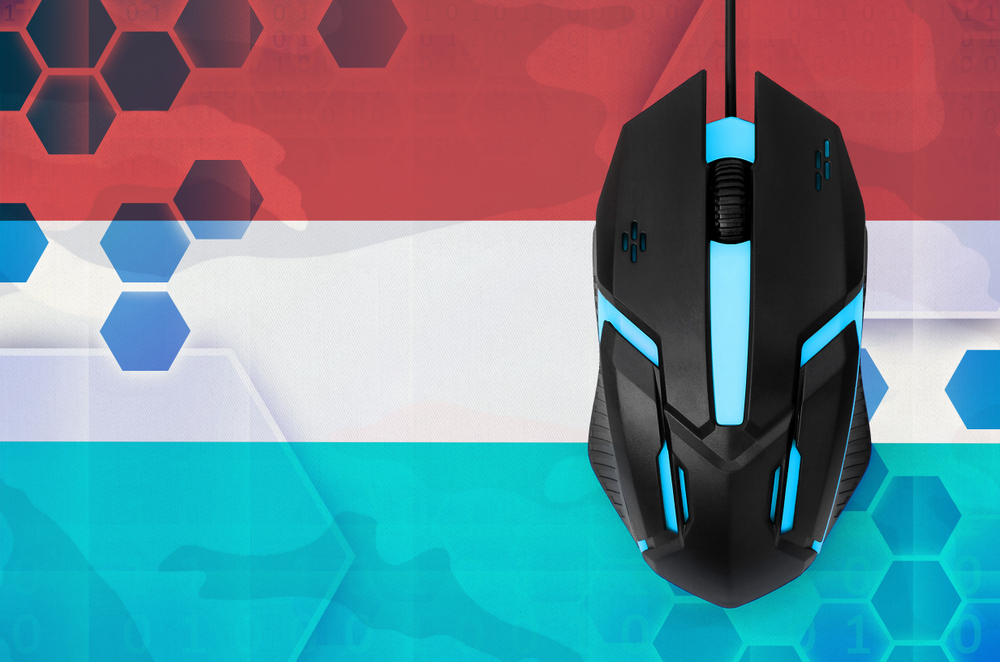
The evolution of transport connectivity: from fragmented networks to smart mobility
Scroll
Connectivity plays a pivotal role in the transformation of public transport systems, linking urban and rural areas seamlessly while reducing travel times, and improving efficiency. Luxembourg has seen significant advancements in public transport connectivity over the past decades, with innovative solutions continuing to shape the future. In an interview with Cyrille Horper, expert in mobility and former member of the mobility commission of the City of Luxembourg, we explored the evolution of public transport connectivity in Luxembourg, reflecting on the past, examining the present, and anticipating future developments.
Scroll
The past: isolated networks and the birth of integration
In the early 2000s, Luxembourg’s public transport system was far from the streamlined network we know today. Public transport networks, including buses and trains, operated independently, often with incompatible timetables. As Cyrille Horper explains, “connections between modes of transport were not guaranteed, and the integration of buses and trains was limited to those operated by CFL, the national railway company.” Communication links were minimal, with most vehicles only maintaining contact with a dispatch centre.
The need to better organize mobility became evident as discussions about a growing population of 700,000 residents began in earnest. Public transport needed to evolve to keep pace with Luxembourg’s urban development. This transformation started in 2012, with the Ministry of Sustainable Development and Infrastructure’s launch of the Global Strategy for Sustainable Mobility, also known as the MODU strategy. Horper recalls, “the introduction of interconnection hubs, known as pôles d’échanges, laid the foundation for today’s integrated system. These hubs allowed passengers to switch between different modes of transport, making the system more attractive and efficient.”
Another major innovation was the introduction of the Intermodal Transport Control System (ITCS), which marked a significant leap forward in communication technology. This system provided real-time updates on vehicle positions and waiting times, empowering dispatchers with unprecedented flexibility. “ITCS revolutionized public transport. Dispatchers could track vehicles in real time, ensuring seamless connections even during large events like marathons,” Horper elaborates. These interconnected communication systems collect the data from the different means of transport and provide a real-time overview of the mobility chain.
The present: a connected and efficient network
Today, Luxembourg boasts a highly integrated public transport network. Various operators, including AVL, CFL, RGTR, Luxtram, and TICE, work together to provide seamless mobility across the country. Real-time data, collected through systems like ITCS, plays a crucial role in improving connectivity and thus user experience. Apps like Mobiliteit.lu provide commuters with real-time information about delays and seamless transfers.
Horper highlights the current state of public transport as a major success, with one caveat: “the system is highly integrated, but we still face challenges with delays. Although connections are generally reliable, there are instances where passengers miss transfers due to unexpected hold-ups. However, technology is helping close this gap.”
The introduction of tram lines has further enhanced urban mobility. Seven multimodal hubs are now operational, allowing passengers to easily switch between buses, trams, and trains. Luxembourg’s high-speed internet infrastructure ensures that all systems are connected and responsive in real-time. The upcoming extension of the tram line to the airport, with a new hub at Héienhaff, will further integrate different modes of transport, allowing passengers to park their cars and hop on the tram directly. As Horper points out, “when connectivity is visible and reliable, people begin to adapt their lifestyles, shifting away from private cars.”
Front-end applications like Mobilitéit.lu and backend systems like the aforementioned ICTS enable for a constant monitoring of these networks and take the uncertainty factor that was inherent to the formerly fragmented transport services. The availability of real-time information through online connectivity significantly enhances accessibility by providing users with updates about various segments of their journey and different modes of transport.
The future: smart mobility and beyond
Looking ahead, Luxembourg faces several challenges in improving public transport connectivity. With a growing population and increasing cross-border commutes, the National Mobility Plan predicts a 40% increase in travel by 2035. Investments in rail infrastructure and the development of dedicated bus lanes on major highways are already in motion to accommodate this growth.
Innovations like autonomous vehicles, smart city initiatives, and further integration of mobility services will also play a key role in the future of Luxembourg’s transport system. “Smart cities are already a reality,” says Horper. “We are testing autonomous buses and improving systems that prioritize public transport at traffic signals. The ITCS system, for instance, can give priority to late buses at red lights, helping them make up for lost time.”
Another promising development is Mobility as a Service (MaaS), which aims to integrate all forms of transport into a single application, making mobility more efficient and accessible. Horper emphasizes, “we’re working towards a system where you no longer need separate apps for each mode of transport. Instead, all mobility options—buses, trains, trams, even bicycles—will be available through one platform.”
Data will continue to be a critical component of this future. Luxembourg is already collecting vast amounts of non-personal data related to public transport, helping operators make informed decisions about everything from route adjustments to vehicle capacity. “Data is the future,” Horper asserts. “The ability to use this data effectively will determine the quality and attractiveness of public transport in the years to come.” As a result, communication systems that can rapidly and reliably transfer this data will be just as important.
Luxembourg’s public transport system has come a long way from its fragmented past, evolving into an integrated, data-driven network that continues to innovate. With the advent of smart mobility solutions and ongoing infrastructure projects, the future looks bright for connectivity in Luxembourg’s public transport system. The focus now is on meeting the challenges of a growing population while embracing new technologies that promise to make public transport even more efficient, sustainable, and user-friendly.
As Horper wisely states: “Without a vision, there are no projects. But with the ambition Luxembourg has shown, we are poised to be pioneers in public transport connectivity.”

